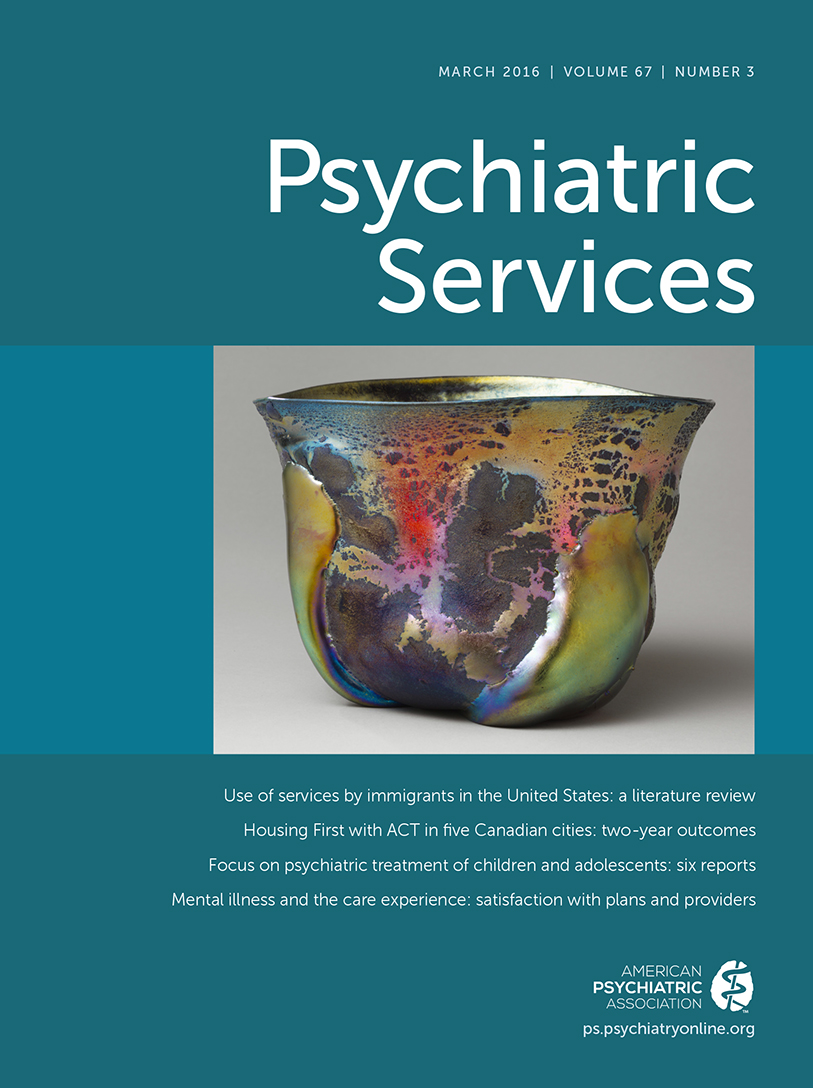The Need for National Data on “Boarding” Psychiatric Patients in Emergency Departments
TO THE EDITOR: Nationally, the management of emergency psychiatric care has reached a breaking point (1), in large part because of decreased funding for behavioral health care, with consequent decreases in inpatient psychiatric bed capacity and limited availability of outpatient resources (2,3). The result is a health care system that is unequipped to meet the needs of patients who present to the emergency department with psychiatric conditions and who require hospitalization for acute stabilization (4).
In the July 2015 Law and Psychiatry column, Dr. Appelbaum describes a court case in Washington State that addressed the practice of “boarding” patients in emergency departments (5). One of the great challenges that Dr. Appelbaum cites is the lack of data on the full breadth of this problem. Self-report surveys have begun to shed light on the extent of boarding, but without a clear understanding of the problem—including the time spent by psychiatric patients waiting in emergency departments for inpatient admission, the availability of psychiatric services during the wait, the number of medication errors made during the wait and other patient safety issues that arise, and the cost associated with boarding—definitive change is unlikely to occur. As seen with the Washington Supreme Court decision, legislative change will likely be required if jurisdictions are to receive the funding needed to address this enormous problem. However, without clear national data, such action will not move forward. It is time to work in a collaborative fashion on a national level to document the full extent of this problem.
1 : Executive summary: the Institute of Medicine report and the future of academic emergency medicine: the Society for Academic Emergency Medicine and Association of Academic Chairs in Emergency Medicine Panel: Association of American Medical Colleges annual meeting, October 28, 2006. Academic Emergency Medicine 14:261–267, 2007Crossref, Medline, Google Scholar
2 No Room at the Inn: Trends and Consequences of Closing Public Psychiatric Hospitals. Arlington, Va, Treatment Advocacy Center, 2012. Available at tacreports.org/bed-studyGoogle Scholar
3 : Bedding, not boarding: psychiatric patients boarded in hospital EDs create crisis for patient care and hospital finances. Modern Healthcare 43:15–17, 2013Medline, Google Scholar
4 : Boarding is associated with higher rates of medication delays and adverse events but fewer laboratory-related delays. American Journal of Emergency Medicine 32:1033–1036, 2014Crossref, Medline, Google Scholar
5 : “Boarding” psychiatric patients in emergency rooms: one court says “no more.” Psychiatric Services 66:668–670, 2015Link, Google Scholar



